Digital Art

Community rules:
-
Be respectful and considerate in comments.
-
No deliberately offensive or inappropriate content.
-
Traditional artists and posts are also welcome here.
-
All posts must properly credit the original artist.
-
Please use the tickbox to mark any NSFW content.
-
No A.I. generated dreamscapes for now, as those are at best unethically sourced in the current state.
-
No furry related art.
How to post:
Please follow the convention of the images already uploaded so far i.e.:
Image title by Artists Name
In the description link the source to the image, and also include a direct link to the artists gallery. See previous posts for examples.
What to post:
You can post your own work here, but avoid spamming.
You can post your favourite peices here for us all to enjoy.
--
All artworks are copyright of the artists named in the posts.
Artists gallery links may contain NSFW works.
--
view the rest of the comments
Digital and physical are wildly different mediums. I started with physical art and it took me a long time and a ton of effort to make the transition to digital.
If your dream is to get good at digital, and you have ready access to digital art tools, I would just start there.
(Today's digital art tools were only available to billionaires when I started my art journey.)
Folks often highly recommend Adobe creative tools, but GNU Image Manipulation Program (which is free) was fine for me, when I started (and spoiler - still is, for me).
Others are right that you'll eventually end up doing some physical art too, in order to grow.
For physical art, that you want to digitize, practice drawing with a least two different tip sizes of marker, black lines on white paper. Draw much larger than you intend to display. Shrinking the image, on a computer, forgives tons of imperfections.
I wish I had learned this technique sooner (when to switch pens, how to lay down clean lines for scanning, how to draw oversized).
A modern cell phone camera is more than good enough to capture an oversized black marker picture at much better quality than I usually want to keep. (Hence I shrink the image later, removing imperfections.)
But start with what you want!
If you have access to pure digital tools, start there. Finding some small successes, early, at what your heart wants to create is what will keep you at it long enough to get great.